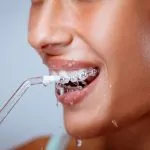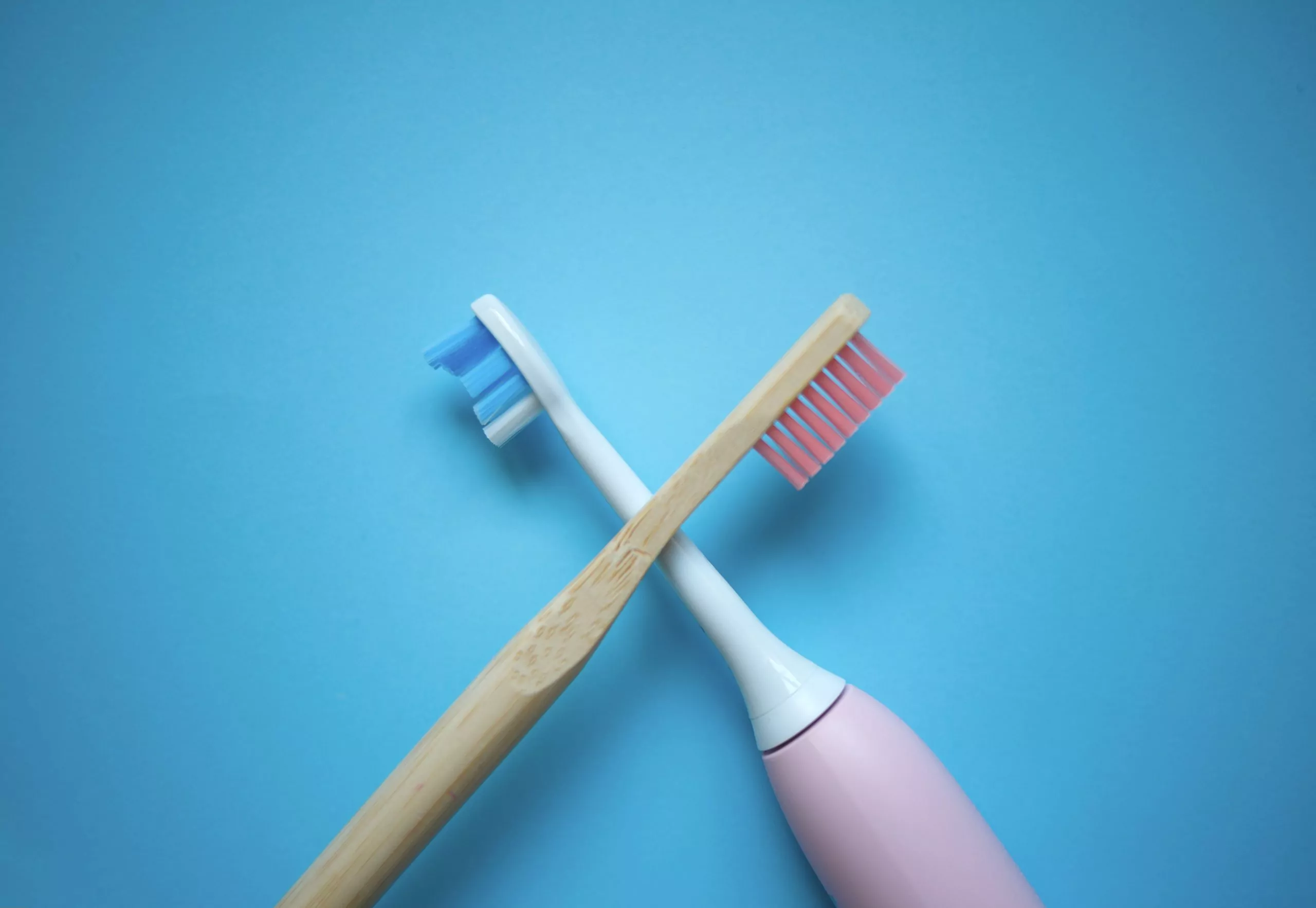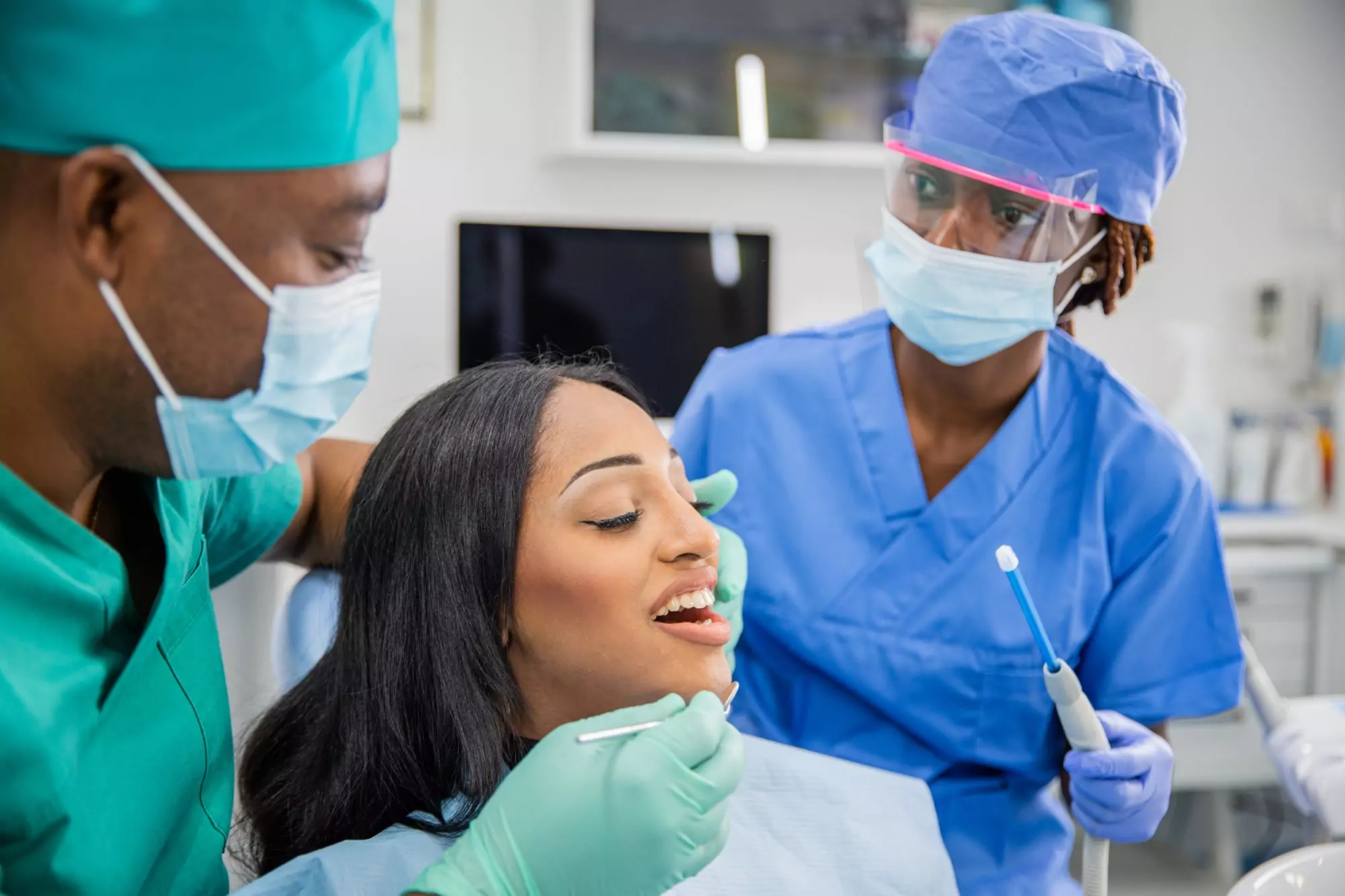Ancient civilizations valued dental hygiene, evident from artifacts found in various cultures. The earliest record of tooth-cleaning tools dates back to 3500-3000 BC in Mesopotamia, where chew sticks were used to clean teeth. These sticks, made from twigs with frayed ends, were predecessors to the modern toothbrushes. (Source: American Dental Association)
In China, during the Tang Dynasty (619-907 AD), the bristled toothbrush concept emerged, using hog hair attached to handles made from bamboo or bone. The design gained popularity and later spread to Europe in the 17th century. (Source: British Dental Journal)
Manual Toothbrushes Evolution and Innovations
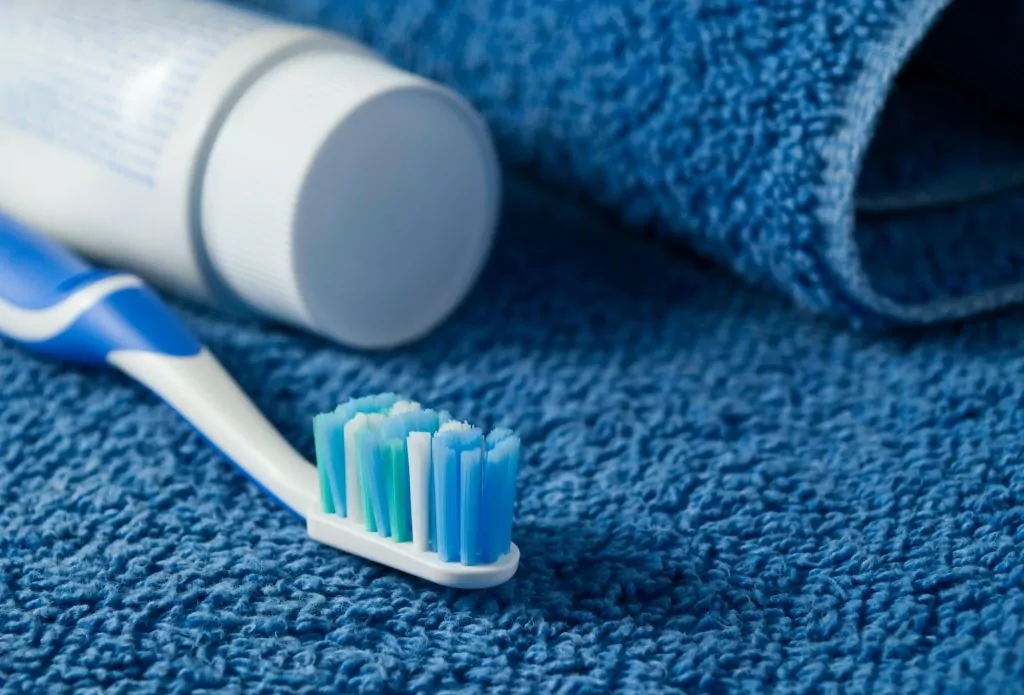
The first mass-produced toothbrush was developed by William Addis in 1780. Addis, inspired while in prison, used animal bones and bristles to create a more convenient tooth-cleaning tool. This marked a significant shift from handmade, costly toothbrushes to accessible, commercially available ones. (Source: The Journal of the History of Dentistry)
Throughout the 20th century, toothbrush design continued to evolve. Nylon bristles replaced natural animal hair, ensuring better durability and hygiene. The introduction of ergonomic handles and improved bristle textures catered to diverse dental needs, enhancing the overall brushing experience. (Source: ScienceDirect – Dental Abstracts)
Electric Toothbrushes: Revolutionizing Oral Care

The introduction of the Broxodent in 1954 marked the inception of electric toothbrushes. Created by Dr. Philippe-Guy Woog in Switzerland, it employed rotary movements for cleaning. Early electric toothbrushes were primarily utilized in clinical settings due to their bulky size and limited accessibility. (Source: Journal of Periodontology)
Advancements in technology led to more compact and user-friendly electric models. The integration of rechargeable batteries and oscillating-rotating brush heads significantly improved plaque removal, making electric toothbrushes more popular among consumers seeking effective oral care solutions. (Source: Journal of Clinical Dentistry)
Modern Innovations in Electric Toothbrushes Technology
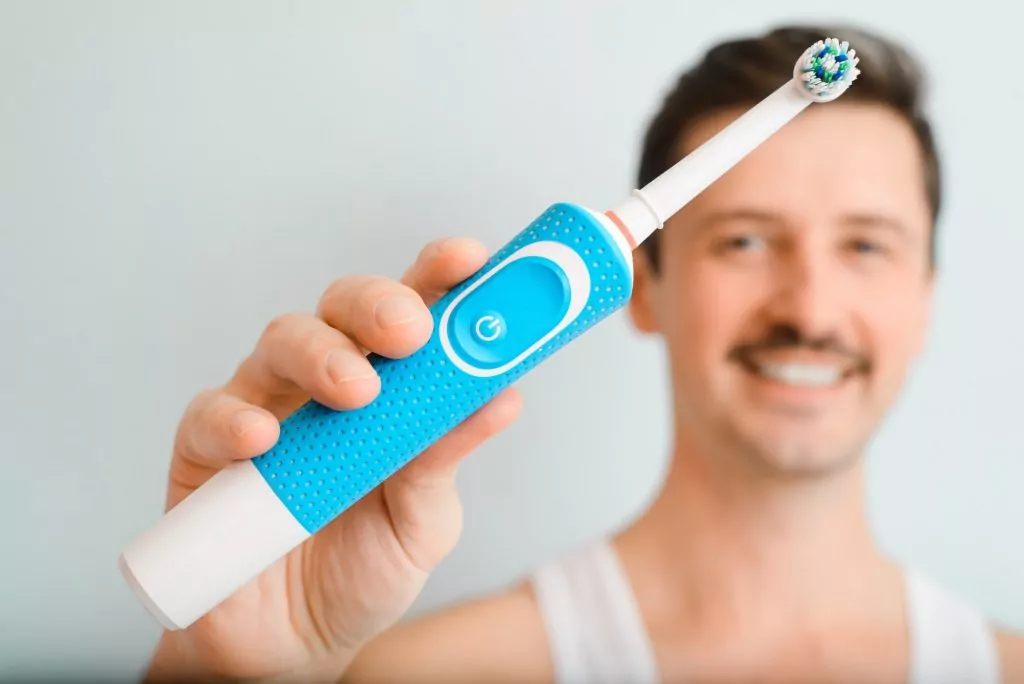
In recent years, electric toothbrushes have witnessed remarkable technological advancements. Smart toothbrushes equipped with Bluetooth connectivity and companion apps allow users to track brushing habits and receive personalized recommendations for optimal oral health. (Source: The Journal of the American Dental Association)
Features like pressure sensors, multiple brushing modes, and extended battery life have become standard in premium electric toothbrushes. These innovations aim to enhance user experience and ensure more effective plaque removal and gum care. (Source: International Journal of Dentistry)
Conclusion: Embracing the Future of Oral Health
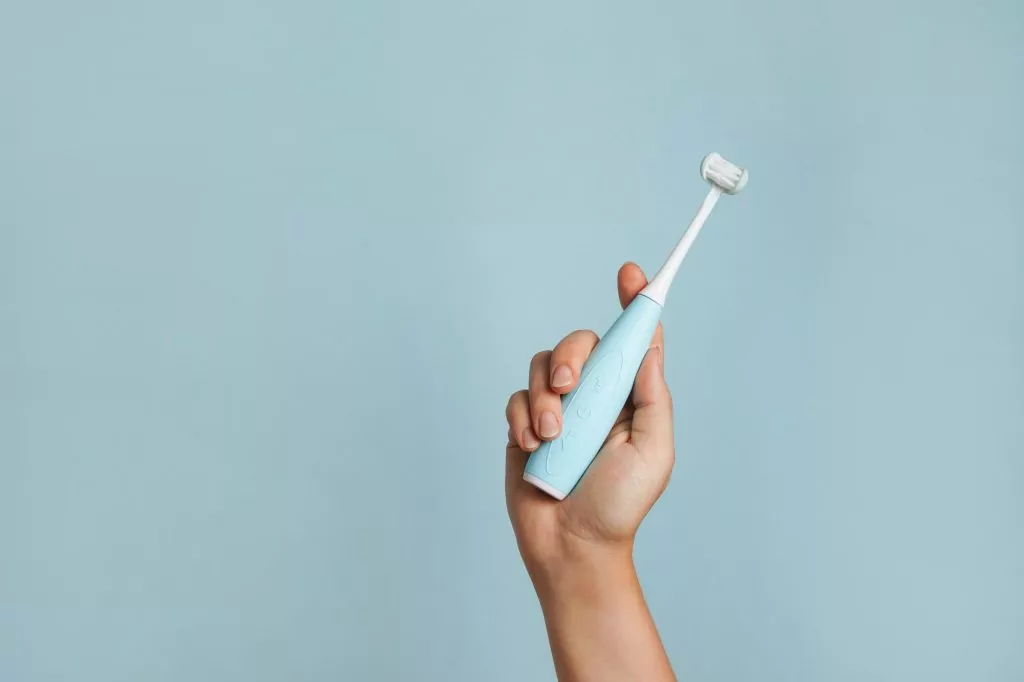
The evolution of toothbrushes showcases a remarkable journey from ancient chew sticks to technologically advanced electric toothbrushes. With each innovation, oral care has advanced, promising improved hygiene and healthier smiles for generations to come.
As technology continues to evolve, electric toothbrushes stand as a testament to innovation in dental care, offering not just better cleaning but also personalized, smart solutions for oral health maintenance.
Continued research and advancements in dental technology ensure that the future holds even more promising developments, reaffirming the importance of oral hygiene in our daily lives.
Cultural Influence and Global Adoption

Throughout history, various cultures have contributed to the evolution of tooth-cleaning tools. From ancient Egypt’s use of twigs to the Chinese innovation of bristled brushes, oral hygiene practices diversified across continents. The migration of these techniques facilitated the global adoption of toothbrushes, leading to their ubiquitous presence in daily hygiene rituals worldwide. (Source: Journal of the History of Dentistry)
The Science Behind Toothbrush Design
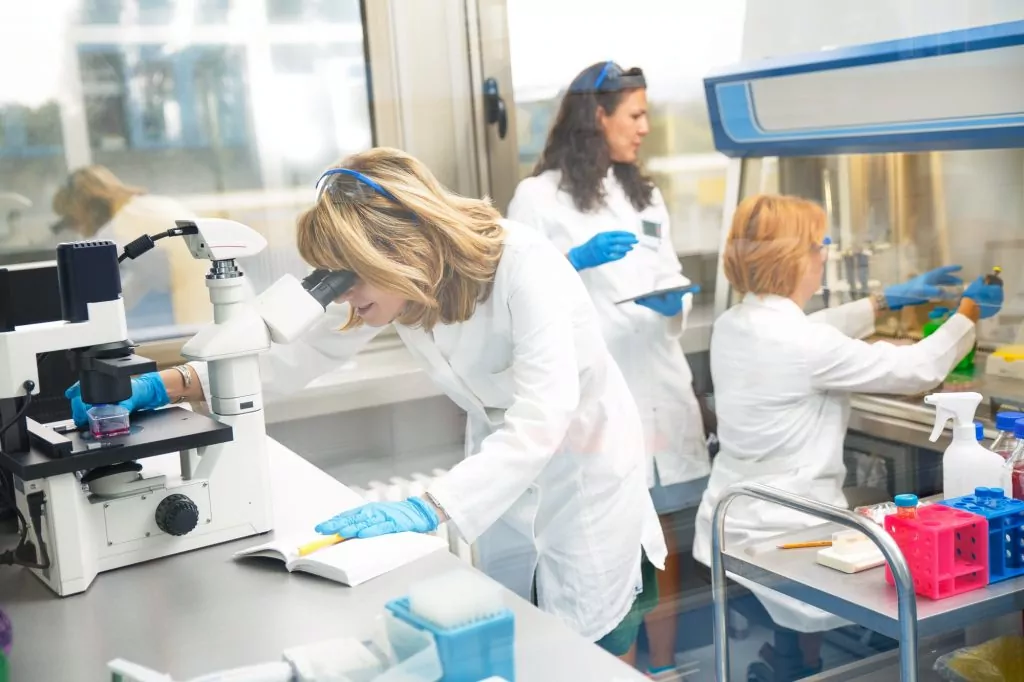
The evolution of toothbrushes isn’t solely about bristle materials or handle shapes; it involves meticulous scientific research. Dentists and engineers continually study the impact of brush head movements, bristle patterns, and pressure sensitivity to optimize cleaning efficacy without causing damage to teeth or gums. This scientific approach has led to the development of precision-engineered toothbrushes that maximize plaque removal while minimizing abrasion. (Source: Journal of Clinical Periodontology)
Sustainable and Eco-Friendly Innovations
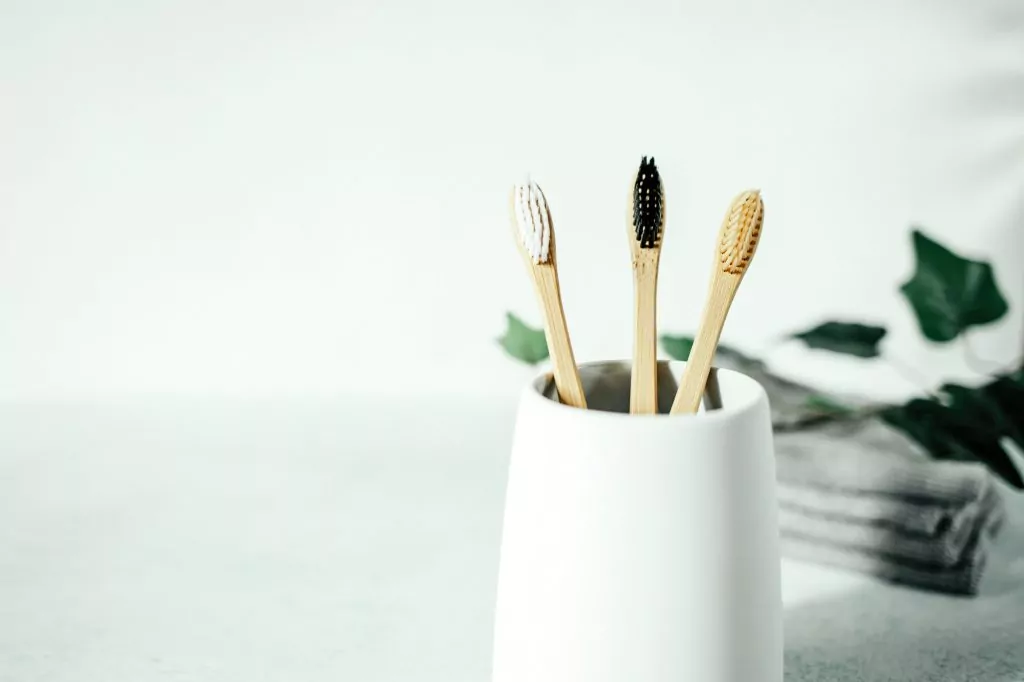
In the wake of environmental consciousness, toothbrush manufacturers are exploring sustainable materials and eco-friendly designs. Biodegradable handles made from bamboo or recycled plastics aim to reduce the environmental impact of toothbrush disposal. Additionally, advancements in brush head materials seek to create recyclable or compostable components, aligning with the global push towards sustainable living. (Source: International Journal of Environmental Research and Public Health)
The Role of Dentists in Toothbrush Recommendations

Dentists play a pivotal role in guiding patients toward suitable toothbrush choices. With a deep understanding of dental health, they recommend specific brush types, bristle softness, and brushing techniques tailored to individual needs. This guidance ensures that patients not only use the right tools but also maintain optimal oral health practices. (Source: American Dental Association)
Future Trends in Oral Care Technology
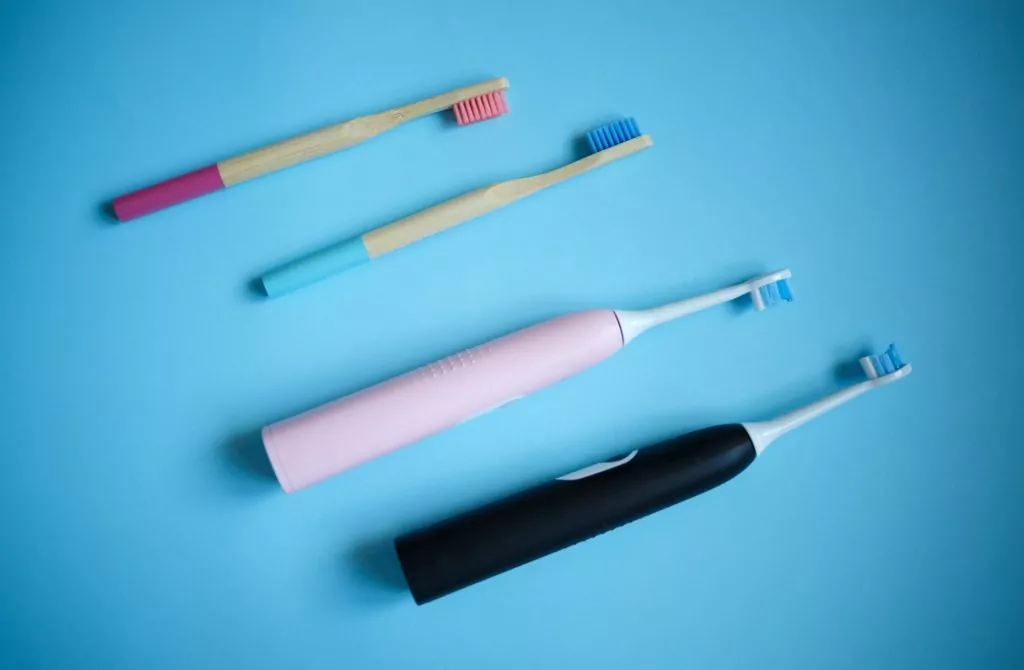
The future of toothbrushes seems boundless, with ongoing research focusing on incorporating nanotechnology and artificial intelligence. Nanoparticles integrated into bristles aim to provide deeper cleaning at a molecular level, while AI-driven toothbrushes could analyze oral health data in real-time, offering personalized recommendations for preventive care. These developments promise a revolutionary leap in oral care, potentially reshaping the way individuals approach dental hygiene. (Source: Journal of Dental Research)
Conclusion: A Continuing Journey of Innovation
The history or evolution of toothbrushes embodies a relentless pursuit of better oral health. From ancient civilizations’ rudimentary tools to today’s technologically advanced electric models, toothbrushes have evolved significantly. Cultural influences, scientific research, sustainability initiatives, dental expertise, and futuristic technologies converge to shape the toothbrush landscape, ensuring that oral hygiene remains at the forefront of health and wellness.
As advancements continue to unfold, toothbrushes will continue to be not just tools for cleaning teeth but also symbols of human ingenuity and commitment to health. With ongoing innovations and a deeper understanding of oral hygiene, the journey of toothbrush evolution remains an ever-evolving narrative, promising brighter smiles and healthier lives.





